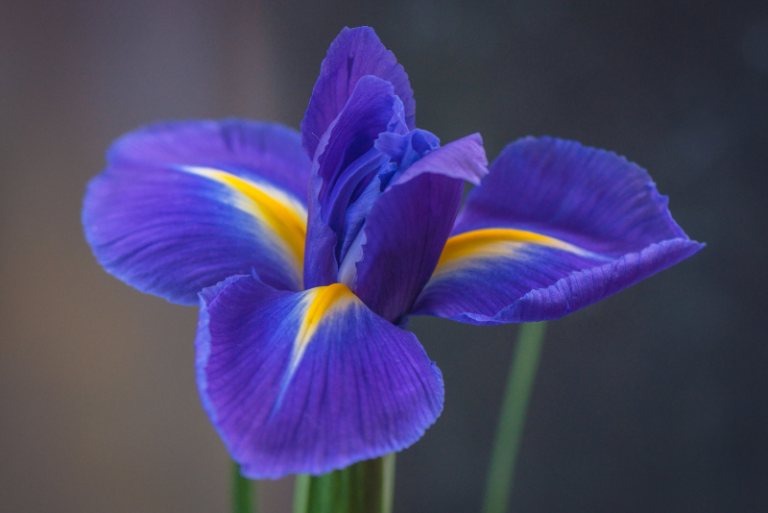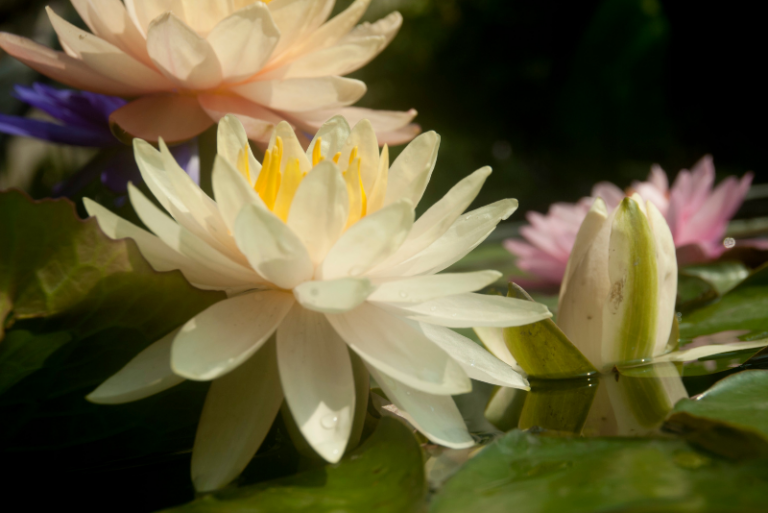How to Grow and Care for Firewitch Dianthus: A Gardener’s Delight
In the world of gardening, few pleasures rival the experience of nurturing vibrant, fragrant blooms in your own backyard. And if you’re looking for a plant that offers long-lasting beauty and hardy, low-maintenance growth, the Firewitch Dianthus could be your next favorite addition.
In this comprehensive guide, we’ll take you through the step-by-step process of growing and caring for this sizzling perennial. Whether you’re a dedicated home gardener or just getting started, by the time you finish reading, you’ll have the knowledge to foster a garden full of these radiant wonders.
The Firewitch Dianthus (Dianthus gratianopolitanus ‘Firewitch’) is a compact, evergreen perennial plant that hails from the mountains of Europe. It’s lauded for its remarkable pink flowers with a rich, spicy fragrance that can captivate any passerby. This ornamental plant is part of the Dianthus genus, which includes carnations, a collection celebrated for its diverse species and localities.
Choosing the Right Location

Selecting an optimal location is fundamental to the success of your Firewitch Dianthus. As with any living organism, the right environment can mean the difference between a thriving specimen and a struggling one.
Sunlight Requirements
Firewitch Dianthus thrives in full sunlight, which is typically defined as six or more hours of direct light per day. A spot in your garden that receives ample morning and afternoon sun is ideal. Insufficient light can lead to leggy growth and reduced flower production.
In hot climates, a little afternoon shade can be beneficial to prevent the plant from overheating. It is about balance—if it’s too dark, it won’t bloom as much; if it’s too hot, the color of the flowers could fade.
Soil Selection and Preparation
Dianthus prefers well-draining, slightly alkaline soil. To test your soil’s pH, you can use a simple kit available at most garden centers. Amending the soil with a top dressing of compost before planting can improve its structure and nutrient content.
Proper Drainage
Water-logged soil is a danger to most plants, including the Firewitch. It is crucial to ensure that the chosen spot has good drainage. Incorporating organic matter can help the ground absorb moisture without collecting it, preventing root rot and other water-related issues.
Planting Firewitch Dianthus
Now that you have the perfect location in mind, it’s time to get your Firewitch Dianthus in the ground. Timing is key—you want to plant before the heat of summer takes over or after the chill of winter has subsided. Spring and fall are often the best times.
Steps for Planting
- Begin by preparing a hole twice the width of the root ball and just as deep.
- Carefully remove your Firewitch from its nursery pot, teasing apart any encircling roots.
- Place the plant in the hole, ensuring the top of the root ball is level with the soil surface.
- Backfill the hole with the removed soil and water thoroughly to help the soil settle around the roots.
Spacing and Growth Habits
When planting Dianthus, spacing is crucial. Space your Firewitch plants about 12 inches apart to allow for their mature size. This will give them adequate room to grow and also promote good air circulation, which is essential for plant health.
Watering In
After planting, provide enough water to moisten the whole root zone. A layer of mulch over the soil will help keep moisture in and weeds out. Keep the soil consistently moist during the plant’s first growing season to help establish strong roots.
Caring for Firewitch Dianthus
Aftercare is just as important as the initial planting phase. Regular maintenance will ensure your Firewitch Dianthus remains healthy and gorgeous year after year.
Pruning
Regular deadheading—removing spent blooms—encourages the Firewitch Dianthus to produce more flowers and helps prolong the flowering season. Trim back the flowering stems to just above a set of leaves or to the basal rosette after the blooming period.
Fertilizing
Dianthus are not heavy feeders, but a light feeding in early spring with a balanced fertilizer can promote healthy growth and abundant flowering. Be sure to follow the instructions on the fertilizer label and do not over-feed, as this can lead to leggy growth.
Pest Control
Firewitch Dianthus plants are generally resistant to pests, but they can be susceptible to aphids, spider mites, and slugs. Regular monitoring and maintaining good garden hygiene can go a long way in deterring infestations. A jet of plain water can often dislodge aphids and mites, and placing slug traps near your plants can effectively control slugs.
Seasonal Care Guide
Each season brings its own set of maintenance requirements for your Firewitch Dianthus. Being aware of these and acting accordingly will help ensure a garden full of vibrant, healthy plants.
Spring Care
In early spring, remove any winter mulch after the danger of frost has passed, and your Firewitch Dianthus begins to produce new growth. This is the time for a light feeding and a good water to jumpstart the growing season.
Summer Care
Keep an eye on your Firewitch through the heat of the summer. If your area is experiencing a drought, be sure to provide extra water. Mulching with a few inches of organic material can help retain soil moisture and keep the roots cool.
Fall Care
As the temperatures start to drop, cut back your Firewitch Dianthus to about a third of its height. This will help prevent the plant from becoming too lanky and will also keep the garden tidy. Fall is also a good time to divide overcrowded plants, ensuring healthy growth next season.
Winter Care
In colder climates, a layer of mulch during the winter can help protect the Firewitch from the harshest of the cold. Be sure to mulch after the ground freezes to maintain a consistent temperature and protect the plants.
Troubleshooting Common Issues
Despite your best efforts, your Firewitch Dianthus may encounter issues from time to time. Addressing problems swiftly can make all the difference in the plant’s survival and recovery.
Addressing Diseases
Firewitch Dianthus can be susceptible to root rot and other fungal diseases if the soil is too moist. To prevent these issues, ensure good drainage and proper air circulation around the plants. Remove and dispose of any infected plant material promptly to prevent the spread of the disease.
Pests Beware
Pests can sometimes become problematic, particularly in warm, humid conditions. Inspect your plants regularly for any signs of infestation, such as deformed growth, discoloration, or a sticky residue. Early intervention is key to pest control—consider using insecticidal soaps or horticultural oils to manage small infestations.
Water Wisely
Overwatering can lead to root rot, while underwatering can cause wilting and stunted growth. Finding the right balance is essential. A good practice is to water when the top inch of soil is dry, providing enough to moisten the root ball. Adjust your watering schedule according to the weather—plants need less water during cool and rainy periods.
Conclusion
The Firewitch Dianthus is not just a pretty face in the flower bed—it’s a plant that has much to teach us about patience, care, and the beauty that comes from tending to living things. By following this guide, you’re not just learning how to care for a particular species; you’re cultivating a deeper connection with your garden and the environment around you.
Remember, the journey of gardening is a cycle, not a race. With time, practice, and the right knowledge, your Firewitch Dianthus will reward you with bursts of color and fragrance, offering a perennial reminder of the wonders that nature can produce with a little human touch. So go forth, and let your garden bloom!






